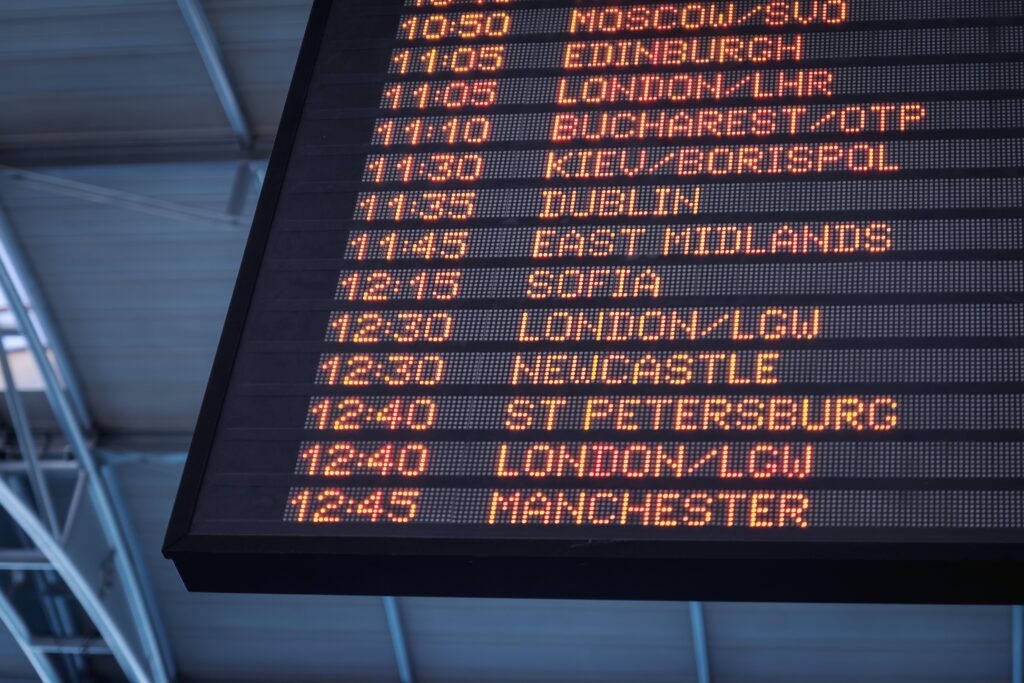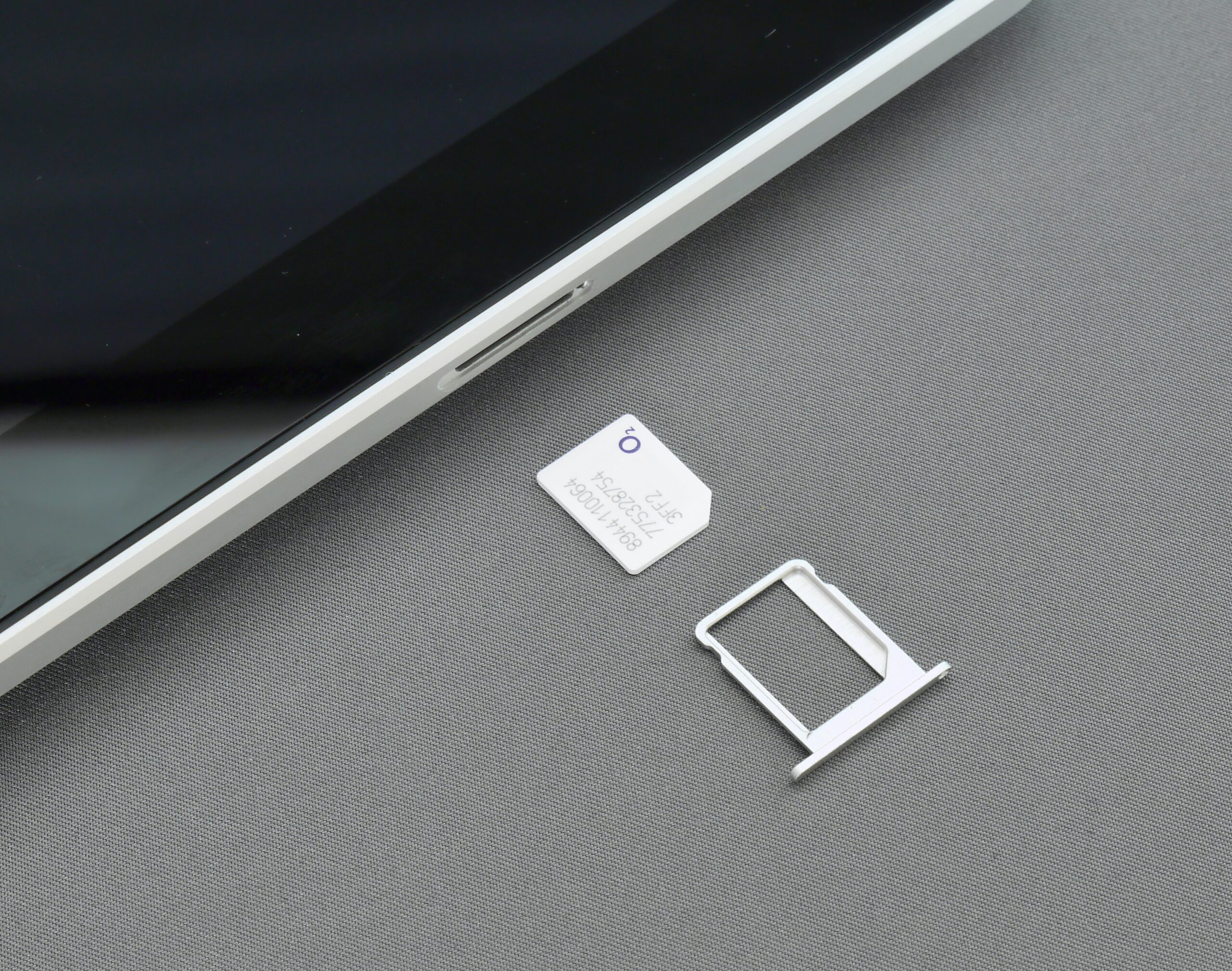Ireland Transportation Guide
Ireland Transportation Guide: Ireland’s transportation blends scenic drives, efficient buses, and well-connected trains, offering a seamless journey through charming towns and landscapes.


Ireland Transportation Guide – International Airports
Ireland has several international airports that serve as important gateways for both domestic and international travel. The major international airports in Ireland are:
Dublin Airport (DUB): Located in Collinstown, County Dublin, Dublin Airport is the busiest airport in Ireland and serves as the primary international gateway. It offers connections to numerous destinations worldwide and handles a significant amount of passenger traffic.
Shannon Airport (SNN): Situated in Shannon, County Clare, Shannon Airport is the second-largest airport in Ireland and serves as an important transatlantic hub. It offers flights to various destinations in the United States, as well as other European locations.
Cork Airport (ORK): Located in Cork, County Cork, Cork Airport is the second-busiest airport in Ireland and provides both domestic and international flights. It offers connections to several European destinations and is a key gateway to the southern region of Ireland.
Belfast International Airport (BFS): Although located in Northern Ireland, Belfast International Airport serves both domestic and international travelers from both Northern Ireland and the Republic of Ireland. It is situated near Aldergrove, about 21 kilometers (13 miles) northwest of Belfast city.
Ireland West Airport Knock (NOC): Located near Charlestown, County Mayo, Ireland West Airport Knock serves the west and northwest regions of Ireland. It provides connections to various destinations in the UK and Europe.
These airports offer a range of services, including customs and immigration facilities, transportation options, and amenities for travelers. They play a crucial role in facilitating air travel to and from Ireland.
National Airports
In Ireland, the national airports are regional airports that primarily serve domestic flights and provide connectivity to smaller towns and regions within the country. Here are the national airports of Ireland:
Donegal Airport (CFN): Located in Carrickfinn, County Donegal, Donegal Airport serves the northwest region of Ireland, including County Donegal. It offers domestic flights to Dublin and international connections to Glasgow, Scotland.
Ireland West Airport Knock (NOC): Although mentioned earlier as an international airport, Ireland West Airport Knock also serves as a national airport. It provides domestic flights to Dublin and connections to several European destinations.
Kerry Airport (KIR): Situated in Farranfore, County Kerry, Kerry Airport serves the southwest region of Ireland, including County Kerry. It offers domestic flights to Dublin and international connections to several UK destinations.
Waterford Airport (WAT): Located in Killowen, County Waterford, Waterford Airport serves the southeast region of Ireland, including County Waterford. It offers domestic flights to Dublin.
Sligo Airport (SXL): Situated in Strandhill, County Sligo, Sligo Airport serves County Sligo and the surrounding region. It primarily offers domestic flights to Dublin.
These national airports play a vital role in connecting smaller communities and regions within Ireland, enhancing accessibility and transportation options for domestic travelers.
Ireland Transportation Guide – Trains
Ireland has an extensive train network operated by Irish Rail (Iarnród Éireann), which provides both intercity and commuter train services. The trains in Ireland are known for their scenic routes and efficient connections. Here are the main types of trains and services in Ireland:
Intercity Trains: Irish Rail operates intercity train services connecting major cities and towns across the country. The main intercity routes include Dublin to Cork, Dublin to Galway, Dublin to Limerick, Dublin to Belfast, and Dublin to Waterford. These trains offer comfortable seating, onboard amenities, and Wi-Fi in some cases.
DART: The Dublin Area Rapid Transit (DART) is a suburban rail network serving Dublin and its surrounding areas. DART trains operate along the coast, offering scenic views of Dublin Bay. The DART line connects Dublin city center with coastal towns such as Howth, Malahide, Bray, and Greystones.
Commuter Trains: Irish Rail operates commuter train services that cater to passengers traveling within the Greater Dublin Area and other commuter belt regions. These trains connect Dublin with towns and suburbs, facilitating daily commuting for residents.
Enterprise: The Enterprise is a cross-border train service that operates between Dublin and Belfast, Northern Ireland. It offers a comfortable and convenient way to travel between the two cities, with multiple daily departures.
Regional Services: Irish Rail also operates regional train services that connect smaller towns and rural areas. These services provide important transportation links to communities across Ireland.
The trains in Ireland generally offer a comfortable and reliable mode of transportation, with regular schedules and affordable fares. They are popular for both commuting and leisure travel, allowing passengers to enjoy the picturesque landscapes of the Irish countryside.


Ireland Transportation Guide – Buses
Buses play a significant role in public transportation in Ireland, providing extensive coverage across cities, towns, and rural areas. Bus services in Ireland are primarily operated by Bus Éireann, the national bus company, and various private operators. Here’s an overview of the bus services in Ireland:
Bus Éireann: Bus Éireann operates a comprehensive network of bus services throughout the country. It offers intercity routes connecting major cities and towns, as well as regional services that connect smaller towns and rural areas. Bus Éireann’s services are known for their reach and frequency, making it a popular choice for both commuters and travelers.
City Buses: Major cities in Ireland, including Dublin, Cork, Galway, Limerick, and Waterford, have their own city bus networks. In Dublin, the capital city, the bus service is operated by Dublin Bus. These city bus networks provide extensive coverage within urban areas and connect residential neighborhoods with commercial centers, transport hubs, and other key locations.
Expressway: Bus Éireann operates an express intercity coach service called Expressway. These long-distance coaches connect major cities and towns, providing a direct and comfortable travel option for those traveling between different regions of Ireland.
Private Operators: In addition to Bus Éireann, there are several private bus operators in Ireland. These operators provide services on specific routes or cater to niche markets. Private bus companies often serve regional routes or offer specialized services such as airport transfers or tour buses.
Rural and Local Services: Rural areas and smaller towns in Ireland are served by local bus services, which are typically operated by Bus Éireann or smaller regional operators. These services ensure connectivity to remote areas and facilitate transportation for residents in less densely populated regions.
Links of interest
Airlines:
Trains:
Buses:
Metro:
Ride-Sharing:


We recommend
Ireland travel tips
Our guide offers essential Ireland travel tips and insights for an unforgettable journey. Plan your trip with us!
Ireland Transportation Guide – SIM Cards
When traveling to Ireland, getting a local SIM card is a practical way to stay connected. Here are some tips:
Mobile Operators:
Major operators in Ireland include Three, Vodafone, and Eir. Visit their stores or authorized retailers to purchase a prepaid SIM card.
Availability at Airports:
SIM cards are often available at international airports, making it convenient for travelers arriving in Ireland.
ID Requirements:
Bring your passport when purchasing a SIM card, as identification may be required.
Data Plans:
Choose a prepaid data plan that suits your needs. Plans typically include data, calls, and text messages for a specific duration.
Activation:
Activate the SIM card by following the provided instructions. This may involve inserting the SIM card into your phone and completing a registration process.
Coverage:
Check the coverage maps of different operators to ensure reliable network coverage during your travels.
Wi-Fi Availability:
Wi-Fi is widely available in hotels, cafes, and public spaces. Use Wi-Fi for data-intensive tasks to save on mobile data.
Roaming Options:
If planning to travel within the EU, check if your operator offers affordable roaming options.
Top-Up Options:
Familiarize yourself with top-up options, whether through mobile apps, online platforms, or local convenience stores.
Having a local SIM card in Ireland will provide you with cost-effective and convenient mobile services during your stay. Ensure that your phone is unlocked before arriving in Ireland if it’s locked to a specific carrier.
Currency Converter
Currency Converter EUR/USD: Thu, 17 Apr.
Unit Converter
Ireland Transportation Guide – Maps
What map do you need?
Choose your destination
More information about this country









